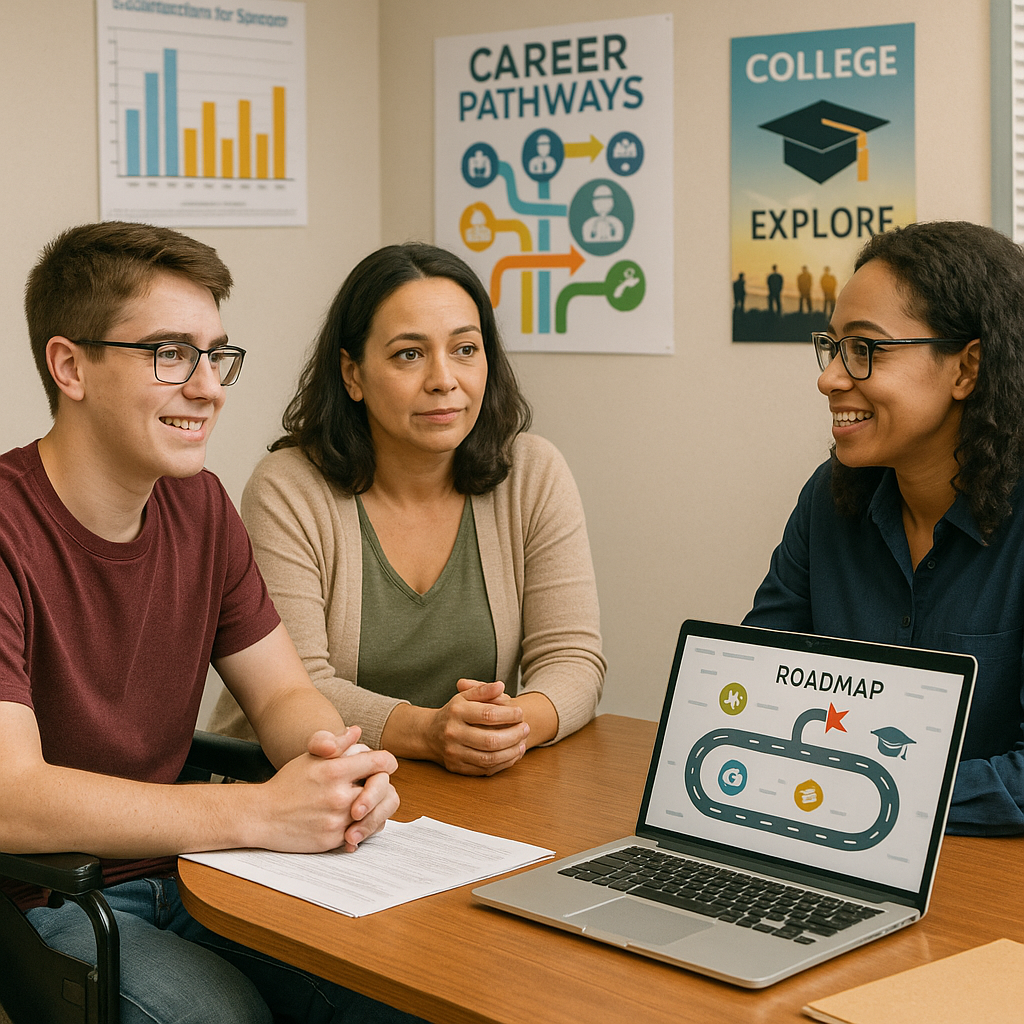
Introduction
Improving transition planning for special education students is more than a school requirement it’s a launchpad for adult life. For students receiving special education services, high school graduation isn’t just the end of a chapter. It’s a turning point.
Done well, this process equips students with tools to succeed beyond the classroom college, employment, and independence. Done poorly or neglected altogether, it leaves them unprepared and vulnerable. This post explores how schools can make transition planning more meaningful and effective.
What Is Transition Planning for Special Education Students?
Transition planning for special education students is a federally mandated component of the Individualized Education Program (IEP), beginning no later than age 16. Its purpose is to support students in their journey to adulthood.
A high-quality transition plan addresses:
- Postsecondary education or vocational training
- Employment and career development
- Independent living and community participation
- Social and self-advocacy skills
It must be personalized to the student’s strengths, interests, and goals not based solely on academics.dmap facing higher unemployment, underemployment, and limited independence.
Elements of a Strong Transition Plan
Student Voice Is Central
Students must be active participants in the planning process. This includes expressing preferences, exploring career interests, and helping set realistic goals.
Measurable Goals and Action Steps
Instead of vague statements, plans should include specific, trackable goals like:
“By age 18, the student will complete a job shadowing experience in the healthcare field.”
Involvement of Outside Agencies
Invite vocational rehabilitation counselors, social workers, or community college reps to IEP meetings early on. Their input can strengthen connections to services beyond school.
Functional Skill Development
Students benefit from instruction in soft skills, daily living skills, and workplace behaviors. These may include mock interviews, budgeting exercises, or using public transit.
Career and Technical Education (CTE) Integration
CTE programs give students hands-on experience in trades and fields like culinary arts, healthcare, IT, or auto repair linking classroom learning to real-world application.
Supporting Families Through the Transition Process
Transition can be overwhelming for families too. Schools can support by:
- Hosting family info nights on adult services and legal rights.
- Explaining the shift from school-based entitlements (IDEA) to eligibility-based adult systems (like Medicaid).
- Encouraging early planning starting even before the mandated age
The more families understand the process, the better they can advocate for their child’s future.
Policy Implications: Where Transition Planning Falls Short
Many state and district policies fail to prioritize robust transition planning. Too often, compliance becomes the goal rather than meaningful preparation.
Policymakers must address:
- Funding gaps for vocational programs and school-to-work initiatives.
- Inconsistent interagency collaboration.
- Lack of accountability for weak transition plans
To ensure equity, we need systems that do more than just check boxes we need them to launch students forward.
Conclusion
Transition planning for special education students is about preparing for adulthood not just finishing high school. With thoughtful planning, collaboration, and advocacy, schools can give every student a real chance at independence, success, and a fulfilling life.
📘 Related Resource:
For deeper insights on what schools and policymakers must do to improve outcomes, explore The Politics of Education K–12 by Lonnie Palmer.